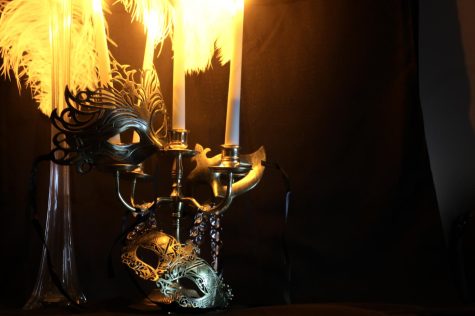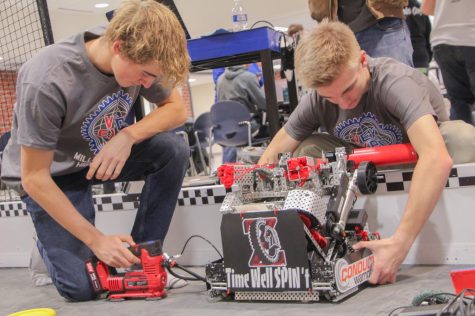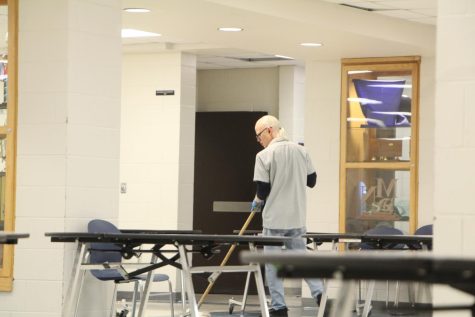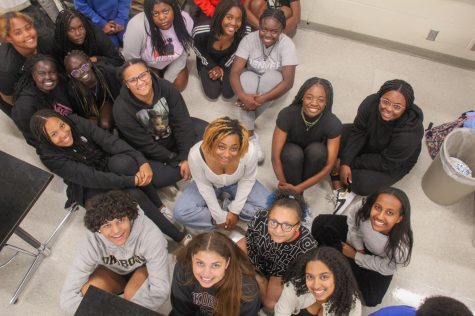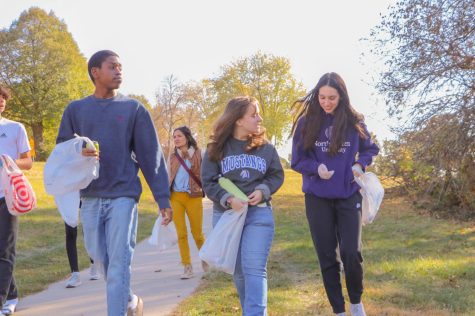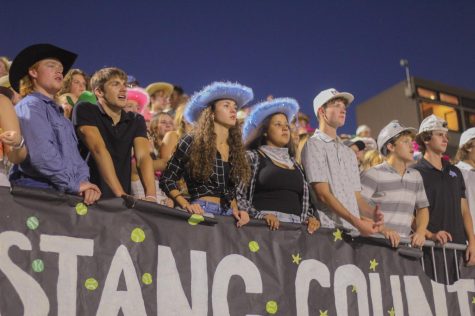When disaster strikes
Prospective health professionals participate in HOSA disaster drill
Roles were assigned, make-up was applied, and costumes were on as students prepared for their big debut. But this act was far from your ordinary theater performance.
Rather than future Broadway stars, the cast was comprised of Millard North’s prospective nurses and doctors, and instead of acting to entertain an audience, the students’ purpose was to help better prepare our community for a potential disaster.
Starting at 8:30 pm on Wednesday, Oct. 17, HOSA and Millard Foundation students teamed up with CHI Health to complete a mass casualty drill.
“We have to have drills every two years, but high school students never get to see it. So it’s beneficial that they get to see the behind-the-scenes of what hospitals do to prepare,” Hospital Infection Preventionist, Mariah Gesink said.
This specific scenario replicated a devastating tornado that struck during a high school basketball game.
A total of 25 HOSA and Millard Foundation students played the role of victims, each having different degrees of injuries.
“I was impaled by a piece of wood that was actually foam, so I had organs that were ruptured and internal bleeding,” HOSA State Vice President Kiersten Preuss said.
The seriousness of Preuss’ injury landed her with the first time opportunity to ride in an ambulance.
“The ambulance ride was the most exciting part for me. It was pretty bumpy, and obviously you’re going fast so it was almost like a rollercoaster,” Preuss said.
Preuss aspires to be a pediatric oncologist one day, and the experience gave her good insight into her future goals.
“I really liked being in a hospital environment, so to me, it reaffirmed that I know that’s the kinda place I want to be in,” Preuss said.
These affirmations were just what science teacher and Millard North HOSA sponsor Christina Preuss hoped students would gain from taking part in the drill.
“We hoped that they could potentially get a feel of whether they wanted to go into something related to being a paramedic. We hoped that purely by witnessing what they would do in their professional world they might get an idea if it is for them,” C. Preuss said.
The students volunteering were not the only ones that received positive takeaways from this experience. The hospital’s emergency departments, ambulance units, and EMTs were all also able to capitalize on the experience.
“We really get to go through the logistics of what we would do. There is a lot of stuff that goes into it that people don’t realize,” Gesink said.
Overall, the drill provided everyone involved with a better understanding of how they would respond when disaster strikes.
“The whole goal is to be able to respond to an emergency in a more efficient way,” C. Preuss said.
In the days and weeks following, CHI and Millard North assessed the strengths and weaknesses of the night and hope to do a more elaborate drill in the future by getting more people involved.

